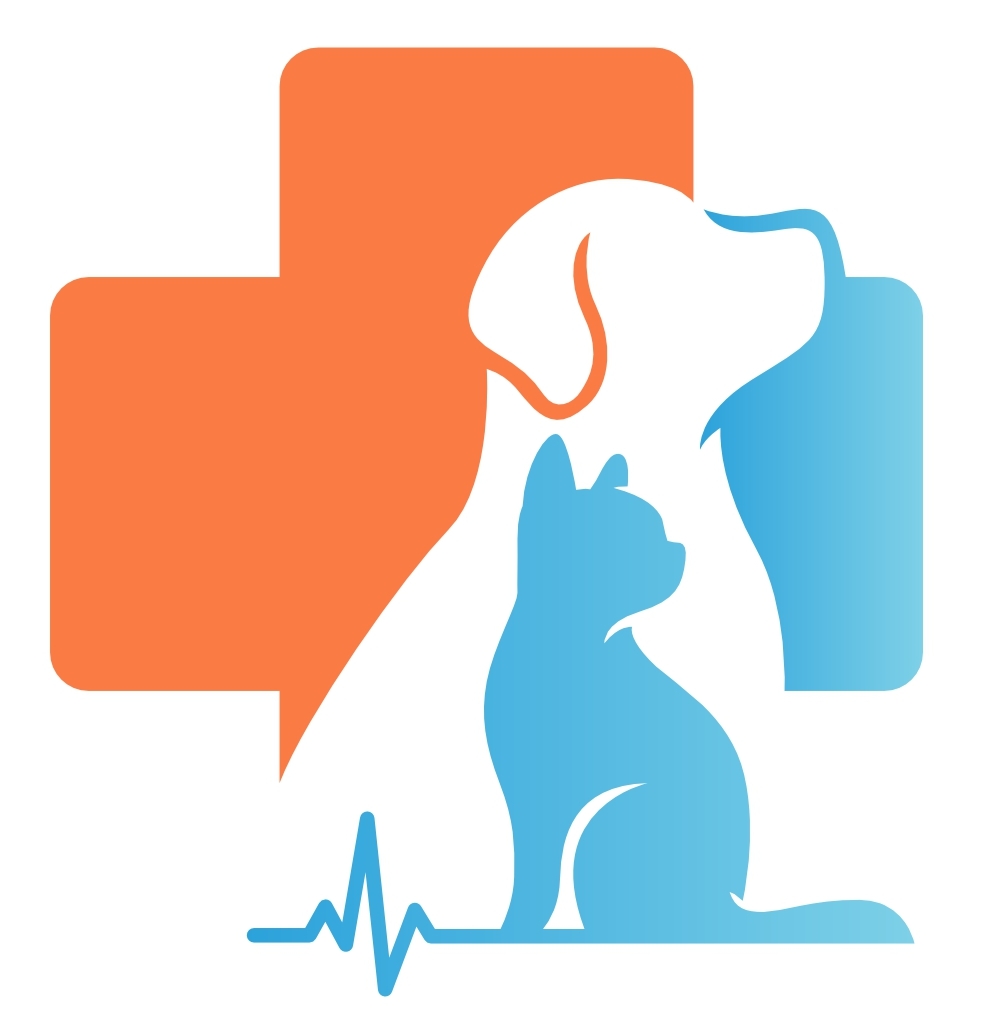Hookworm Infection in Dogs

Hookworm is a parasitic infection of the gastrointestinal tract of dogs. Their name is derived from the hook-like mouthparts they use to anchor themselves to the lining of the intestinal wall. How the infection is spread along with clinical signs, diagnosis, treatment, and prevention are covered in this handout.
Chagas Disease in Dogs

This handout summarizes Chagas disease in dogs. Caused by a protozoal parasite called Trypanosoma cruzi, it is spread by the bite of infected insects or ingestion of infected insects and rodents. The clinical signs of the condition, along with its treatment, prevention, and risk to human health are outlined.
Coronavirus Disease (COVID-19)
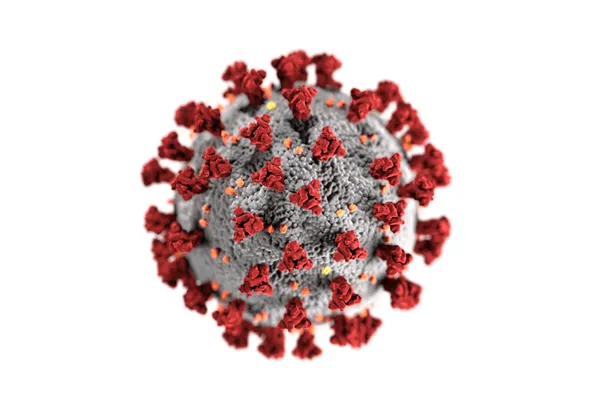
COVID-19 is a disease caused by the coronavirus SARS-CoV-2. Current evidence suggests that person-to-person spread is the main source of infection. While there is evidence of transmission from humans to dogs and cats, it does not appear common. If you suspect that you are ill with COVID-19, you should take the same precautions with your pet as you would with people.
Caring for Your Pets if You Have COVID-19

COVID-19 is a viral respiratory disease of humans that was first discovered in late 2019. The illness is caused by the virus SARS-CoV-2, which is a new coronavirus that has not previously been identified in humans. Certain animals can be infected by the COVID-19 virus, but it appears to be infrequent. Dogs and cats seldom show severe clinical illness if infected with COVID-19.
Campylobacter Infection in Dogs
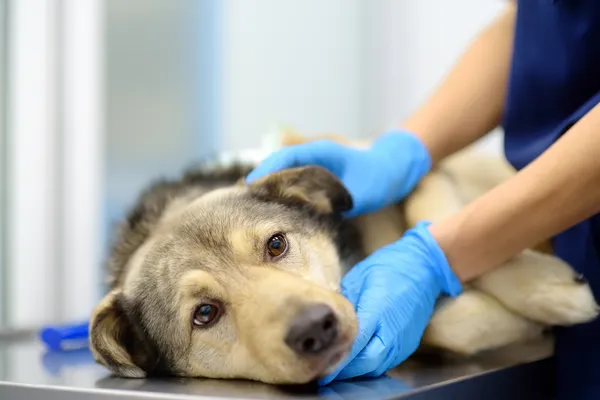
Campylobacteriosis is a bacterial intestinal infection usually acquired by exposure to raw meat, poultry, or infected water, but can be spread between pets and humans. Signs of infection are watery or mucoid diarrhea with straining, possible cramping, lethargy, and fever. Testing, treatment and prevention are discussed.
Exercise Restriction in Dogs

Exercise restriction refers to the act of intentionally limiting a pet’s physical activity. Veterinarians often recommend exercise restriction to allow a pet to heal after a surgical procedure or injury, although it may also be recommended to prevent worsening of a medical condition. Different circumstances require different degrees of exercise restriction, so your veterinarian’s guidance is essential when implementing exercise restriction.
Ethylene Glycol Poisoning in Dogs

Ethylene glycol, a sweet-tasting, odorless liquid, is the active ingredient in antifreeze. Ethylene glycol can also be found, in lower concentrations, in some windshield de-icing agents, hydraulic brake fluid, motor oils, solvents, paints, film processing solutions, wood stains, inks, and printer cartridges. Ethylene glycol is poisonous to dogs: as little as half a teaspoon per pound of a dog’s body weight can result in death. Immediate treatment is essential.
Cushing’s Disease – Treatment Instructions with Mitotane for Dogs
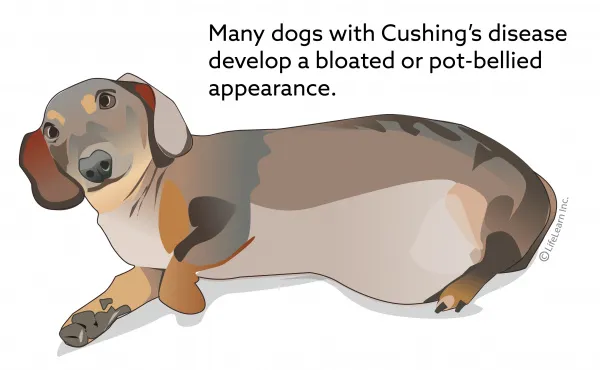
Treatment for Cushing’s disease using mitotane involves two phases: initiating phase and maintenance phase. Monitoring your dog’s food and water intake is very important. This handout provides detailed treatment instructions for dogs prescribed mitotane. Follow your veterinarian’s instructions carefully and report changes in your dog’s behavior to your veterinarian.
Corneal Dystrophy in Dogs
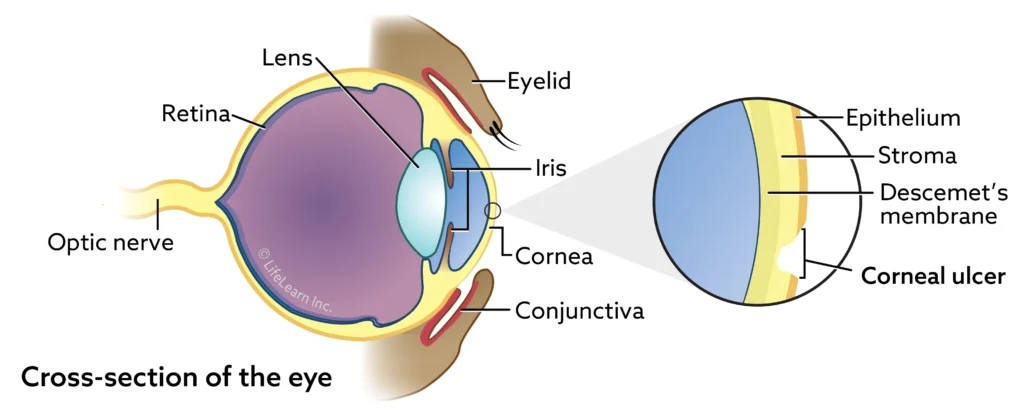
Corneal dystrophy is a term used to describe several conditions that occur in dogs and cause the corneas to become opaque. There are three major categories of corneal dystrophy: epithelial, stromal, and endothelial. Each is named by the anatomic location of the abnormal tissue and opacity.
Cetirizine

Cetirizine is given by mouth and is used off-label to treat and prevent pruritus (itching) associated with atopic dermatitis, urticaria (hives), and insect bite reactions in cats and dogs. Give as directed. Side effects are uncommon but may include vomiting and increased salivation. Do not use it in pets that are allergic to it or hydroxyzine. If a negative reaction occurs, contact your veterinarian.
